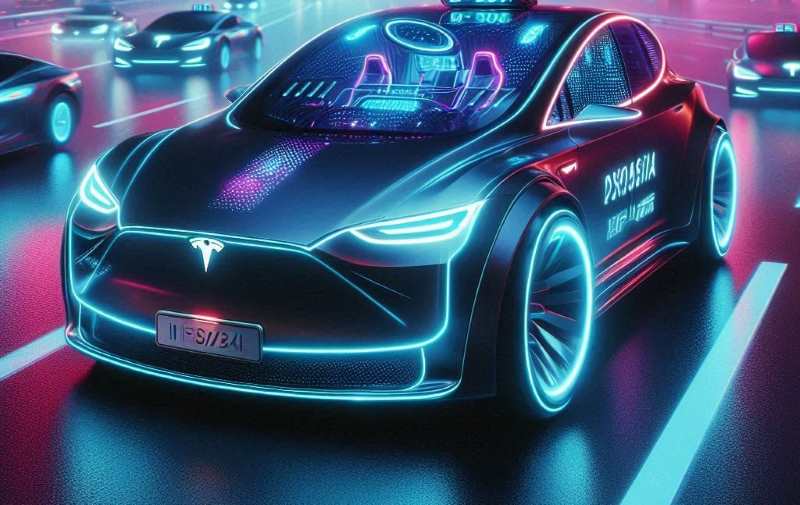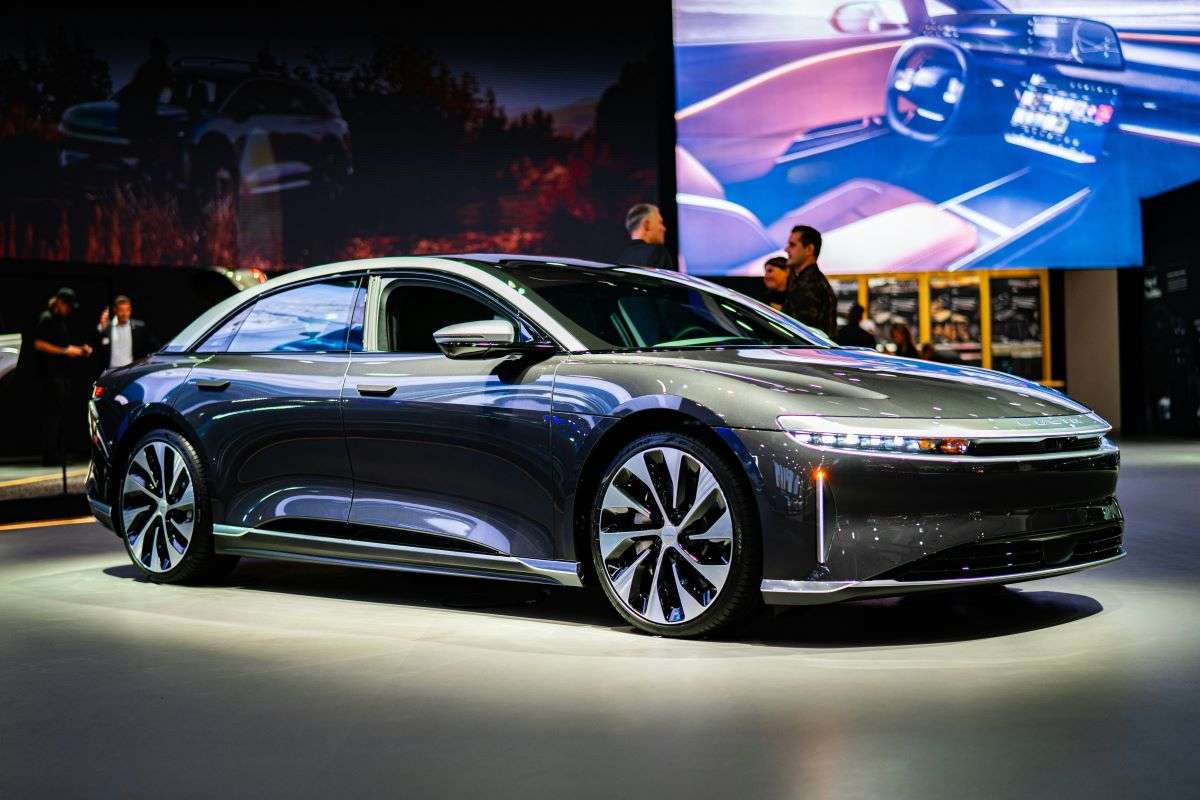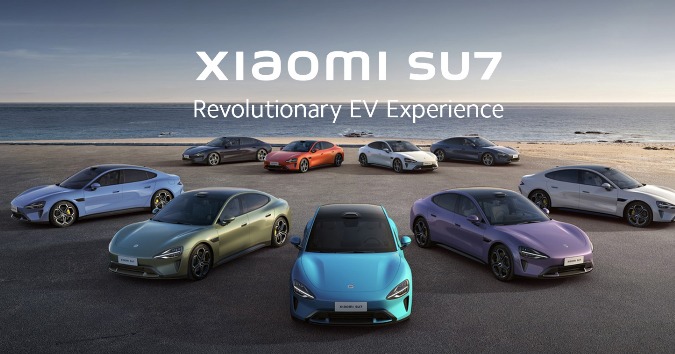The Tesla Robotaxi,Tesla Cybercab or Tesla Cybercar is one of the most exciting futuristic inventions in the world of cars! Imagine a car that can drive itself, pick you up, and drop you off without anyone in the driver’s seat. Tesla Cybercab is a part of Tesla’s big plan to create a world of self-driving cars that will make transportation easier, safer, and more affordable.
Table of Contents
According to Elon Musk, the Tesla Robotaxi will revolutionize how we travel. It’s designed to be a fully autonomous vehicle, meaning it can do all the driving itself, and it may cost much less than using a regular taxi or ride-hailing services like Uber.
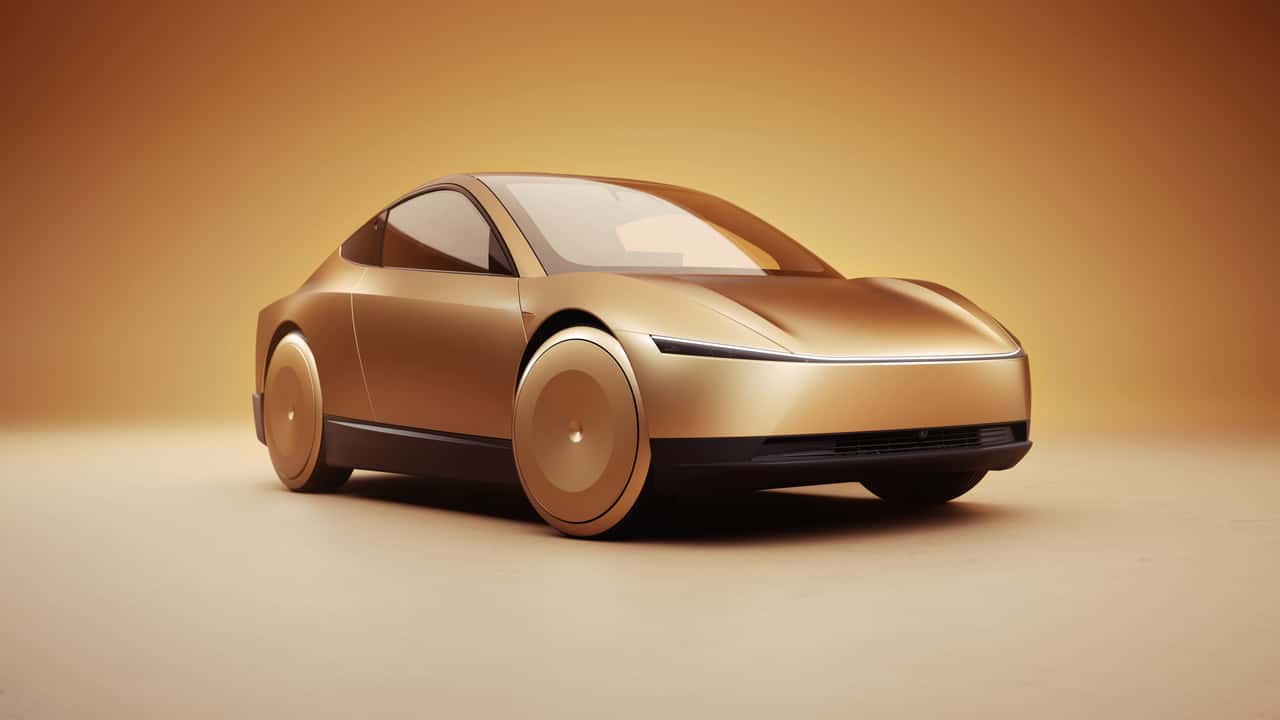
How Does the Tesla Robotaxi Work?
The Tesla Robotaxi will rely on Tesla’s Full Self-Driving (FSD) technology. This is a fancy way of saying the car will be able to make decisions just like a human driver. Using cameras, sensors, and advanced AI, the car can:
- Navigate through traffic.
- Detect and avoid obstacles.
- Follow traffic rules and signals.
- Drop passengers at their destination, all by itself!
Elon Musk says that once this system is perfect, you could even send your car out to pick people up while you’re at work, allowing you to earn money from your Tesla. This idea makes owning a Tesla not just a fun experience but also potentially profitable.
The Price of Tesla Cybercab
One of the big questions everyone has is: How much will a ride in a Tesla Robotaxi cost?
The good news is that Tesla is aiming to make these rides very affordable. While no official price has been confirmed yet, it’s expected that a ride in a Tesla Robotaxi could cost as low as $0.18 per mile! This is much cheaper than a regular taxi or Uber ride, which can cost between $2 to $3 per mile.
There are even rumors that Tesla might build a special Robotaxi model in the future, which could be priced under $25,000. This could make it cheaper to own a Tesla Robotaxi than many traditional cars on the market today.
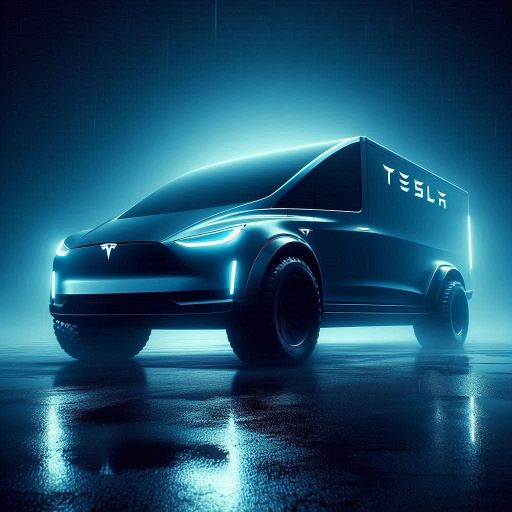
Features of the Tesla Robotaxi
What makes the Tesla Robotaxi or Tesla Cybercab stand out from other cars? Here are some key features:
1. Fully Autonomous Driving
The biggest feature is its ability to drive completely on its own. Tesla’s advanced FSD software allows the car to navigate through all sorts of conditions, without needing any help from a human driver.
2. Energy Efficient
The Robotaxi is powered by electricity, making it more eco-friendly than regular gas-powered cars. You won’t have to worry about fuel costs or harmful emissions.
3. Advanced Safety Features
Tesla is known for its high safety standards. The Robotaxi will come with multiple safety features like automatic emergency braking, lane-keeping assistance, and obstacle detection.
4. Entertainment on the Go
While the car is driving you to your destination, you can sit back and enjoy Tesla’s in-car entertainment system. Watch movies, play video games, or listen to your favorite music—all from the comfort of your seat.
5. Smart Route Planning
The car will use AI to choose the best and most efficient route to get you where you need to go quickly. No more traffic jams or getting lost!
Tesla Robotaxi vs Traditional Cars
Here’s a quick comparison to show how the Tesla Robotaxi differs from traditional cars:
| Feature | Tesla Robotaxi | Traditional Car |
|---|---|---|
| Driver Needed | No | Yes |
| Cost Per Mile | ~$0.18 | ~$2 – $3 |
| Fuel Type | Electric | Gasoline |
| Entertainment | Advanced in-car system | Limited options |
| Environmental Impact | Low (electric) | High (fossil fuels) |
Launch Date: When Can We Expect It?
Tesla originally planned to launch the Robotaxi service by 2020, but like many cutting-edge technologies, it has taken longer to perfect. Tesla is now aiming to launch the Robotaxi around 2024 or 2025.
This delay is mainly because Tesla needs to ensure that its Full Self-Driving software meets strict safety regulations. Governments want to make sure that these autonomous cars are completely safe before they hit the roads.
How Tesla’s Self-Driving Technology Works
Tesla’s Full Self-Driving (FSD) technology uses a combination of AI, machine learning, and sensor technology to make the Robotaxi drive itself. Here’s a simple breakdown of how it works:
- Cameras: Tesla cars are equipped with multiple cameras to “see” the road and surroundings.
- Sensors: Ultrasonic sensors help the car detect obstacles, like other cars or pedestrians.
- AI Brain: The car’s onboard computer uses advanced AI to process the data from the cameras and sensors. This allows the car to make real-time decisions about speed, turns, and braking.
Tesla constantly updates its FSD software, making it smarter and safer over time.
FAQs
Q1: Is the Tesla Robotaxi completely driverless?
Yes, the Tesla Robotaxi is designed to be a fully autonomous vehicle, meaning it can operate without any human intervention.
Q2: How much will it cost to take a ride in a Tesla cybercar?
It’s expected to be very affordable, with some estimates as low as $0.18 per mile.
Q3: When will the Tesla cybercar be available?
Tesla aims to launch the Robotaxi by 2024 or 2025, but this depends on achieving regulatory approvals.
Q4: Can I earn money with my Tesla Robotaxi?
Yes, once the Robotaxi service launches, Tesla owners may be able to add their cars to the fleet, allowing them to earn money when they’re not using the vehicle.
Final Thoughts
The Tesla Robotaxi could change the way we think about transportation. With its futuristic self-driving technology, affordable pricing, and environmental benefits, it might soon become the go-to choice for getting around cities.
As Elon Musk once said:
“In the future, owning a regular car will be like owning a horse. You’ll have it for fun, not for practical use.”Advantages of Traditional Cars Over AI Cars
1. Control and Flexibility
With traditional cars, you are always in control. You make the decisions on when to speed up, slow down, or change lanes. Some people prefer this sense of control because it gives them more flexibility to handle unexpected situations on the road.
2. Familiarity and Trust
Many people feel more comfortable driving a traditional car because they’ve been driving them for years. AI-powered cars are still relatively new, and not everyone fully trusts them yet. Knowing that you are in control can make you feel safer.
3. Reliability in All Conditions
Traditional cars, with experienced drivers, can handle various weather conditions like snowstorms or heavy rain better than AI cars. AI cars are still learning how to react to extreme weather conditions, while human drivers often have years of experience managing these situations.
4. Fewer Software Bugs or Glitches
AI-powered cars run on complex software that can sometimes have bugs or glitches. Traditional cars don’t rely on these kinds of technologies to function, so there’s no risk of a software failure that could affect your ability to drive.
5. Cheaper Initial Cost
Buying a traditional car is often cheaper upfront than purchasing a high-tech AI car like a Tesla. While AI cars may save money in the long run on fuel or repairs, the initial cost of a traditional car is often more affordable for most people.
6. Easy to Repair
Traditional cars have been around for a long time, so there are plenty of mechanics who know how to fix them. AI cars, on the other hand, have complicated systems that require specialized knowledge to repair. This could make repair costs higher and more difficult to manage in AI cars.
7. No Dependency on Technology
Traditional cars don’t rely on technology for driving decisions. They don’t need software updates or internet connections to function. AI cars, however, depend on updates and advanced tech, which could fail or be hacked, creating potential problems.
Conclusion
While AI cars bring exciting features like autonomous driving, energy efficiency, and advanced safety systems, traditional cars still offer a level of control, reliability, and simplicity that some people prefer. It’s all about what matters most to the driver—whether they prioritize comfort and automation or prefer hands-on control and familiarity with the vehicle. Both types of cars have their pros and cons, and the choice between them will depend on personal preferences, comfort level with technology, and lifestyle.
BUT FUTURE IS FUTURASITC so share this blog everywhere!

